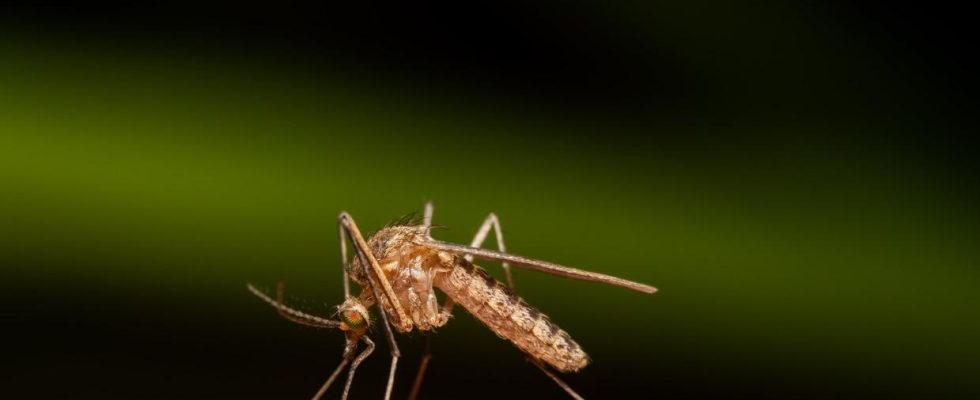Anna Karolina Eriksson/TT
unsaveSave
expand-left
full screen
chevron-rightnext
Culex modestus, Nile fever mosquito.
1 / 2Photo: Anders Lindström/SVA
Invasive mosquito species are approaching Sweden – with dreaded viruses such as zika, dengue and Nile fever in their luggage.
But no one knows where, if and when they appear.
– The vector-borne viral diseases are knocking on the door, but there are no allocated funds for monitoring, says mosquito researcher Anders Lindström.
Last summer, the first alarm came: The Asian tiger mosquito, which can spread viruses such as dengue, chikungunya and zika, was found for the first time in Sweden. Already in 2016, the Nile fever mosquito, which spreads West Nile fever, was discovered in Skåne.
Recently, a new malaria mosquito was also discovered by researchers in Sweden.
More invasive so-called vectors – such as mosquitoes, gnats and ticks – are on the way. Climate change is one explanation. But no regular monitoring takes place. There is a lack of money, says Anders Lindström, who is a mosquito researcher at the Norwegian Veterinary Institute (SVA).
– The question I think you should ask yourself is whether this should be financed by research funds – or should it be the responsibility of the authorities?
End of project money
So far, the monitoring of invasive mosquito species that Lindström has worked with has been financed through various project funds that have been applied for. But last year’s project money has run out, something that also appears in SVA’s annual report.
– Things happen all the time, but we have no way to follow it and see how fast it goes.
Why is such a development important to follow? It’s about being prepared, says Birgitta Evengård, senior professor of infectious diseases at Umeå University.
– We are preparing society in such a way that we reduce the risk of these various vectors transmitting diseases.
Continuous monitoring
Infections that are already present in the country end up on the Public Health Agency’s table. But then it’s about diseases that are notifiable according to the Infection Control Act, such as malaria and West Nile, which have already occurred within the country’s borders.
Continuous monitoring is needed – where not only cases of disease in humans and animals are registered, but also the presence of new vectors, believes Elisabet Lindgren, doctor and docent in sustainability science.
In 2022, when she sat on the National Expert Council for Climate Adaptation, just that was proposed.
– That was one of our recommendations. And it is something for a Swedish authority to cooperate with the European Institute for Infection Control. I have suggested that for a long time.
FACT Disease-carrying mosquitoes
Due to climate change, the Nile fever mosquito has come to Sweden. It was first seen in Simrishamn in 2016 and has since been found in Falsterbo and now most recently in Halmstad in 2022.
The Asian tiger mosquito, Aedes albopictus, was found in Europe for the first time in 1979 and can spread viruses such as dengue, chikungunya and zika. It has so far been confirmed and discovered a bit up in Germany, and in one case also in Sweden.
The cemetery mosquito, which can be a carrier of West Nile fever, is often spread by road transport. The invasive species is spreading northwards in Europe, and is believed to be able to reach Sweden. No finds have been made yet.
Source: SVA
Read more
